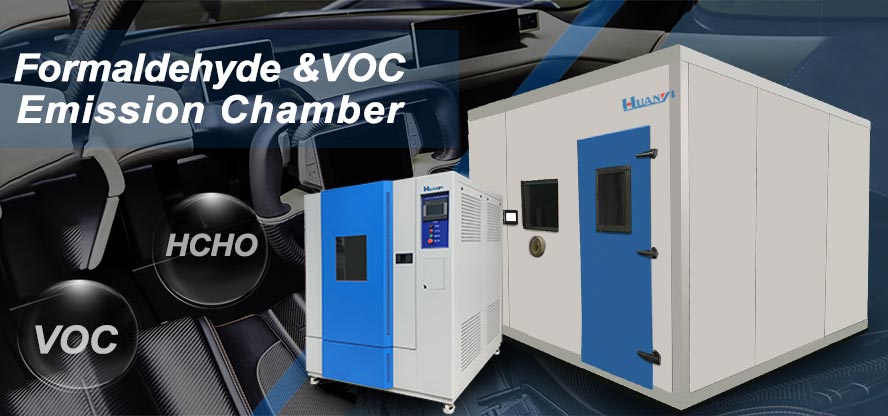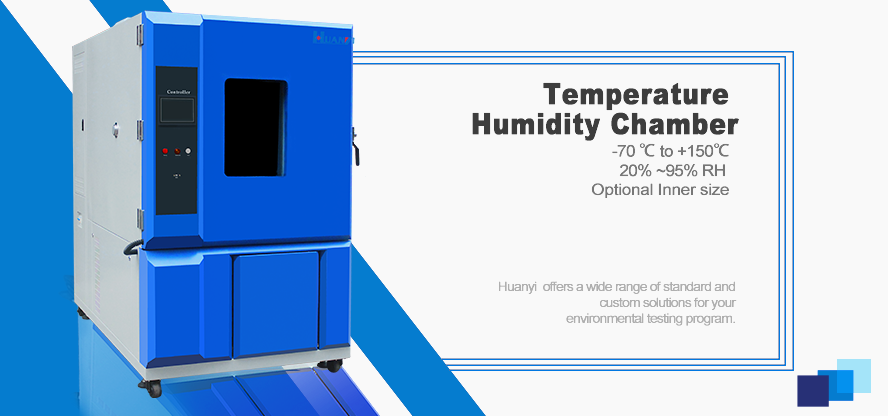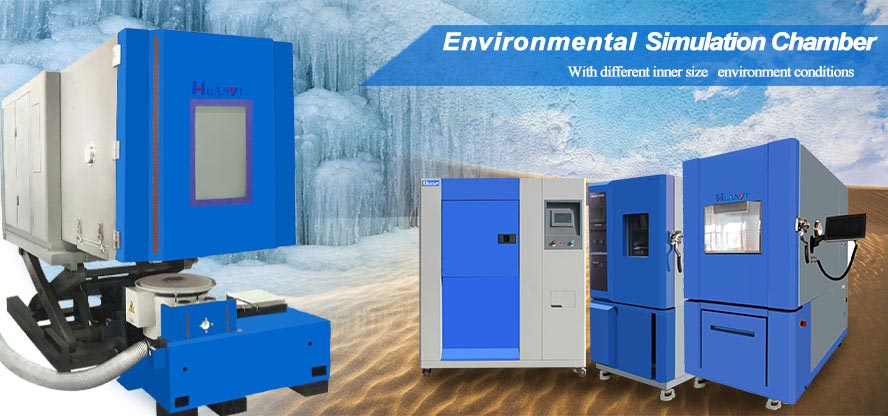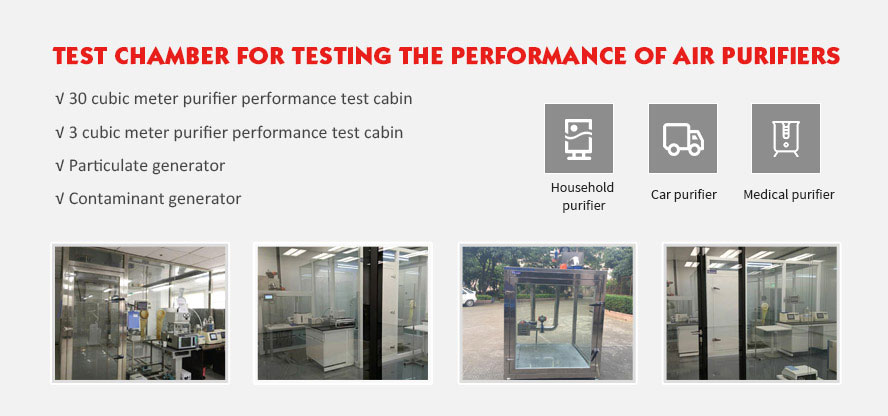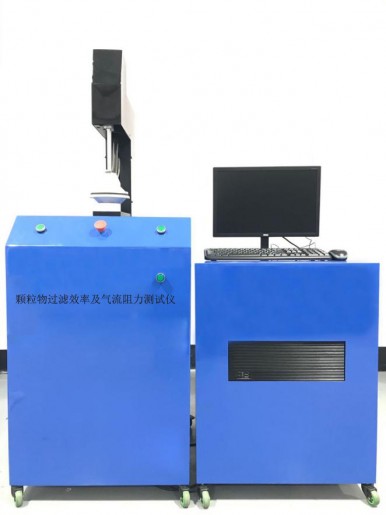Mask particulate matter filtration efficiency and airflow resistance tester
Filter material efficiency test bench, suitable for testing 40-99.999% grade mask efficiency test, to test masks according to international standards. The design structure of the entire test bench is compact and light, and in the process of running the test, it only needs to provide appropriate additional power and compressed air (no water, no oil), which is suitable for laboratory, factory and other occasions.
- Product Details
|
Overview |
||
|
Filter material efficiency test bench, suitable for testing 40-99.999% grade mask efficiency test, to test masks according to international standards. The design structure of the entire test bench is compact and light, and in the process of running the test, it only needs to provide appropriate additional power and compressed air (no water, no oil), which is suitable for laboratory, factory and other occasions. |
||
|
The finished product is fixed on the fixture, and the test air volume corresponds to the required filtering speed. The aerosol generated by the aerosol generator is adjusted, and then the aerosol is neutralized by static electricity, and then uniformly mixed with the filtered test air, and then enters the test area to penetrate the filter material. |
||
|
To determine the efficiency, a split air flow was drawn upstream and downstream of the mask. Using a photometer, measure the concentration of particles in the sample stream, pass the ratio of upstream and downstream, and then obtain the measured efficiency. In addition, it is necessary to measure the filter resistance during the test and adjust the control flow. |
||
|
Standards |
||
|
GB / T 32610-2016 daily protective mask technical specifications GB 2626-2006 Respiratory Protective Products-Self-priming Filtering Anti-particulate Respirator GB 19082-2009 technical requirements for medical disposable protective clothing GB 19083-2010 technical requirements for medical protective masks YY 0969-2013 disposable medical masks YY 0469-2011 surgical masks ASTM F2100-19 Standard Specification for Performance of Materials Used in Medical Face Masks ASTM F-2299 Standard Test Method for Determining the Initial Efficiency of Materials Used in Medical Face Masks to Penetration by
Particulates Using Latex Spheres |
||
|
Main Component |
||
|
3.1 Aerosol generator |
Nacl (KCl) aerosol generator, DEHS aerosol generator |
|
|
3.2 Photometer |
It is mainly used to monitor the concentration of particles in the upstream and downstream of the tested filter material, and to obtain the efficiency of the tested filter material. |
|
|
3.3 Differential pressure sensor |
It is mainly used to test the pressure difference (or resistance) of the tested filter material under a certain test flow. |
|
|
3.4 Stainless steel fixture |
Mainly used for compacting and sealing the tested filter material |
|
|
3.5 Extraction fan |
It is mainly used to pass the test flow of the filter material. The flow is stable, green and energy saving, and the vibration and noise are small. |
|
|
3.6 Electrical control and software |
Equipment circuit control and operation, software calculation and data processing, upstream concentration stability judgment, operation control, parameter setting. |
|
|
Function Description |
||
|
The test bench mainly tests the filtering efficiency and airflow resistance of filter materials and masks. Can test GB 2626-2006 mask particulate filtering efficiency GB / T 32610-2016 particulate matter filtration efficiency filtration efficiency Filtration efficiency and resistance of GB 19082-2009 GB 19083-2010 YY 0969-2013 YY 0469-2011 particulate filtering efficiency and resistance. If there is a separate personalization function, it can be customized according to specific needs. The process of testing filtration efficiency is as follows: |
||
|
A. Filtration efficiency and airflow resistance test: |
||
|
4.1 The entire test equipment uses a negative pressure system. |
||
|
4.2 Air and aerosol enter through the mixing barrel and pass through the mask according to the standard flow rate (the mask is sealed by a special clamp) |
||
|
4.3 Through two particle counters to detect the concentration of the mask upstream and downstream, calculate the filtration efficiency. Check the pressuredifference upstream and downstream of the outlet cover with a pressure difference meter. |
||
|
4.4 Achieving the rated flow rate through the suction pump |
||
|
4.5 Use aerosol generators to produce standard aerosol materials. |
||
|
4.6 The operation and efficiency and resistance calculation of the equipment are performed by PLC and display screen. |
||
|
Technical Parameters |
||
|
5.1 Test efficiency range |
0-99.999% |
|
|
5.2 Test area |
According to customer's mask shape |
|
|
5.3 Test pressure difference range |
0-1000pa (± 1% FS) |
|
|
5.4 Test flow of tested filter material |
25-100L / min ± 2.5% (adjustable) |
|
|
5.5 Test aerosol type |
Nacl.DEHS |
|
|
5.6 Photometer measurement range |
1ug / m3-200mg / m3 sensitivity: 1ug / m3 (Suxin patent) |
|
|
5.7 Imported air pump |
Continuous working stability |
|
|
5.8 Data memory capacity |
1-1000 sets of measurement data can be exported |
|
|
5.9 Screen display |
Color 7 inch touch screen |
|
|
5.10 Printing method |
Built-in thermal printer |
|
|
5.11 Power |
AC 220V / 50Hz |
|
|
5.12 Power |
1kw |
|
|
5.13 Data export interface |
USB |
|
|
5.14 Environment |
Use environment: 0-40 ℃ relative humidity 10-70% |
|
|
Storage environment: 0 ℃ -45 ℃ Relative humidity 0-70% |
||
|
5.15 Standard accessories |
Thermal printing paper, hose (outer diameter 6mm and 15mm), instruction manual, test report, certificate of conformity. |
|
|
5.16 Dimensions |
L900X W 850X H 1600 (mm) (estimated) |
|
|
5.17 Material |
Shell steel plate paint, test parts SUS304 stainless steel |
|
|
5.18 Weight |
150Kg |
|
|
5.19 Warranty |
1 year |
|
|
5.20 Standard |
GB32610-2016, GB2626 |
|
|
5.21 Nacl Aerosol Generator |
||
|
5.22 DEHS Aerosol Generator |
||
|
5.23 Set of standard mask clamps |
||

